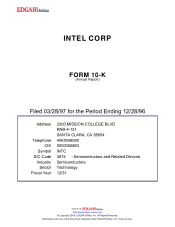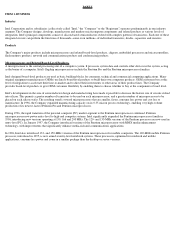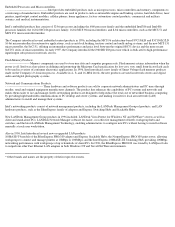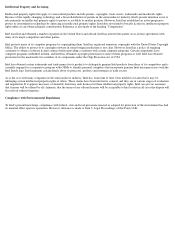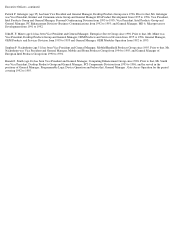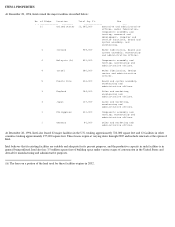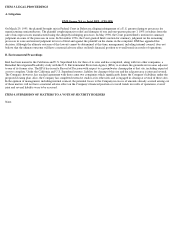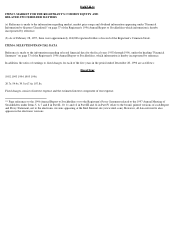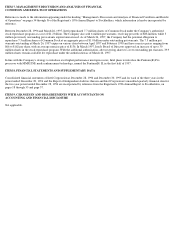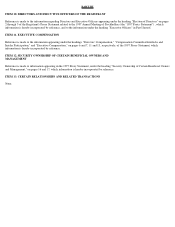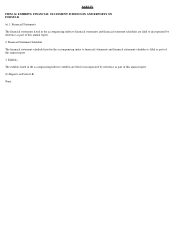Intel 1996 Annual Report Download - page 8
Download and view the complete annual report
Please find page 8 of the 1996 Intel annual report below. You can navigate through the pages in the report by either clicking on the pages listed below, or by using the keyword search tool below to find specific information within the annual report.Employees
At December 28, 1996, the Company employed approximately 48,500 people worldwide.
Sales
Most of Intel's products are sold or licensed through sales offices located near major concentrations of users throughout the United States,
Europe, Japan, Asia-Pacific and other parts of the world.
The Company also uses distributors (industrial and retail) and representatives to distribute its products both in the United States and overseas.
Typically, distributors handle a wide variety of products, including those competitive with Intel products, and fill orders for many customers.
Most of Intel's sales to distributors are made under agreements allowing for price protection and/or the right of return on unsold merchandise.
Sales representatives generally do not offer directly competitive products, but may carry complementary items manufactured by others.
Representatives do not maintain a product inventory; instead, their customers place large-quantity orders directly with Intel and are referred to
distributors for smaller orders. Intel sold products to over one thousand customers worldwide in 1996, none of which represented more than
10% of total revenues.
Backlog
Intel's sales are made primarily pursuant to standard purchase orders for delivery of standard products. Intel has some agreements that give a
customer the right to purchase a specific number of products during a time period. Although not generally obligating the customer to purchase
any particular number of such products, some of these agreements do contain billback clauses.
As a matter of industry practice, billback clauses are difficult to enforce. The quantity actually purchased by the customer, as well as the
shipment schedules, are frequently revised during the agreement term to reflect changes in the customer's needs. In light of industry practice
and experience, Intel does not believe that such agreements are meaningful for determining backlog figures. Intel believes that only a small
proportion of its order backlog is noncancellable and that the dollar amount associated with the noncancellable portion is immaterial.
Therefore, Intel does not believe that backlog as of any particular date is necessarily indicative of future results.

